Varieties Of Ninebark: Which One Is Right For You
Title: Varieties of Ninebark: Which One is Right for You?
Introduction:
Ninebark is a deciduous shrub that is native to North America. It is known for its attractive foliage, which can be green, red, or purple, and its showy white flowers. Ninebark is also a relatively low-maintenance plant, making it a good choice for gardeners of all levels of experience.
There are many different varieties of ninebark available, each with its own unique characteristics. In this blog post, we will discuss some of the most popular varieties of ninebark and help you choose the right one for your garden.
Main Content:
- Adirondack Ninebark is a large, vigorous variety that grows up to 6 feet tall and wide. It has large, white flowers and red-purple foliage in the fall. Adirondack Ninebark is a good choice for a large shrub border or as a specimen plant.

- Emerald Ninebark is a smaller variety that grows 3-4 feet tall and wide. It has bright green foliage and small, white flowers. Emerald Ninebark is a good choice for a smaller shrub border or as a groundcover.

- Red Ninebark is a variety with dark red foliage and small, white flowers. It grows 4-6 feet tall and wide. Red Ninebark is a good choice for a border or hedge.
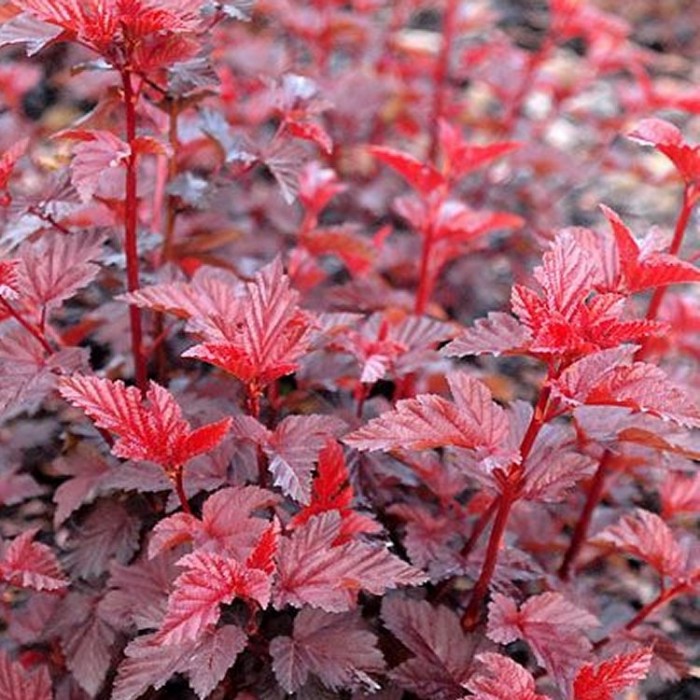
- Silver Ninebark is a variety with silvery-green foliage and small, white flowers. It grows 4-6 feet tall and wide. Silver Ninebark is a good choice for a border or hedge.

- Summer Wine Ninebark is a variety with dark purple foliage and small, white flowers. It grows 4-6 feet tall and wide. Summer Wine Ninebark is a good choice for a border or hedge.
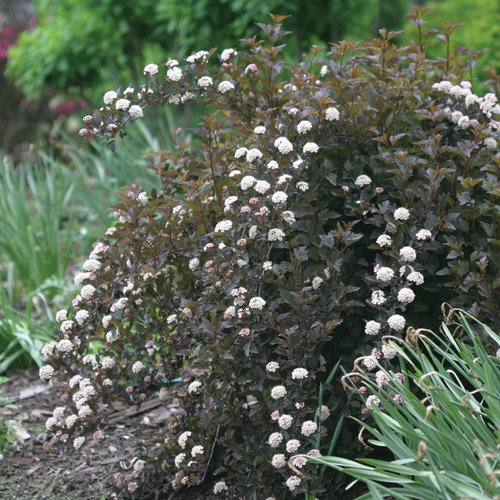
These are just a few of the many different varieties of ninebark available. When choosing a variety, consider the size of your garden, the amount of sunlight it receives, and the color of foliage you prefer.
Conclusion:
Ninebark is a versatile and easy-to-grow shrub that can add beauty and interest to any garden. With so many different varieties to choose from, you are sure to find the perfect one for your needs.
Ninebarks are a versatile group of shrubs that can add color, interest, and structure to any landscape. With so many different varieties to choose from, you're sure to find the perfect one for your needs.
To learn more about ninebark varieties, visit Home Gardening. Here you'll find information on everything from plant size and color to hardiness and care requirements. You can also see photos of different varieties and read customer reviews.
FAQ of ninebark varieties
- What are the most popular ninebark varieties?
The most popular ninebark varieties include:
'Dart's Gold': This variety has bright yellow foliage that turns orange in the fall. It grows 4-6 feet tall and wide.
'Diablo': This variety has dark purple foliage that turns red in the fall. It grows 5-8 feet tall and wide.
'Summer Wine': This variety has burgundy foliage that turns red in the fall. It grows 4-6 feet tall and wide.
'Pink Sensation': This variety has pink flowers and white-edged leaves. It grows 4-6 feet tall and wide.
'Adirondack': This variety has white flowers and blue-green leaves. It grows 6-8 feet tall and wide.
What are the best growing conditions for ninebark?
Ninebark prefers moderately moist, well-draining soil with a pH that is neutral to slightly acidic. It is tolerant of a wide variety of conditions, including rocky and clay soils. It can also tolerate full sun to partial shade.
- How much care does ninebark need?
Ninebark is a low-maintenance shrub. It only needs to be watered regularly during the first year after planting. Once established, it is drought-tolerant. Ninebark does not need to be pruned regularly, but it can be pruned in the spring to remove dead or damaged branches.
- What are some pests and diseases that affect ninebark?
Ninebark is generally pest- and disease-free. However, it can be susceptible to scale, aphids, and powdery mildew. If you notice any pests or diseases on your ninebark, you can treat them with insecticidal soap or neem oil.
- What are some ways to use ninebark in the landscape?
Ninebark can be used in a variety of ways in the landscape. It can be used as a hedge, border plant, specimen shrub, or understory plant in woodland gardens. It is also deer-resistant and can be used in areas where deer are a problem.
Image of ninebark varieties
- Amber Jubilee is a popular variety with bright orange-red foliage in the spring and summer, which turns yellow in the fall. It grows 4-6 feet tall and wide.
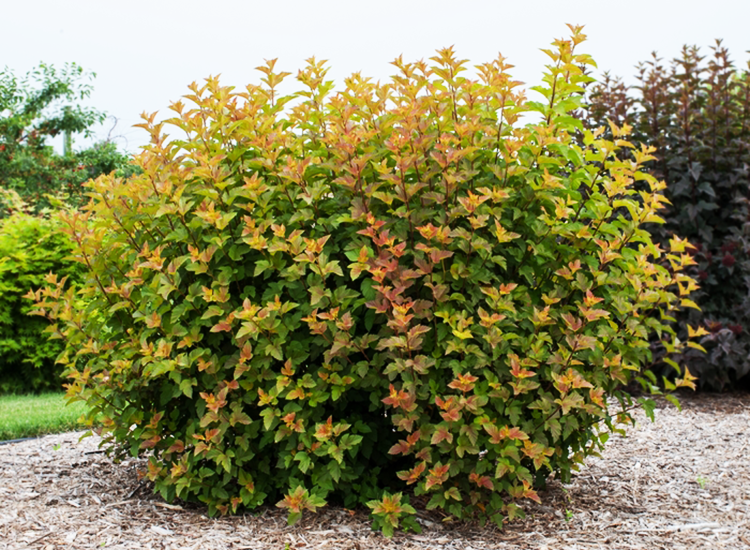
- Red Robe is another colorful variety with dark red foliage in the spring and summer, which turns purple in the fall. It grows 5-8 feet tall and wide.
- Dart's Gold is a yellow-leaved variety that grows 3-5 feet tall and wide. It has yellow flowers in the spring and orange-red fruit in the fall.

- Tiny Wine is a dwarf variety that grows only 2-3 feet tall and wide. It has bright pink flowers in the spring and orange-red fruit in the fall.
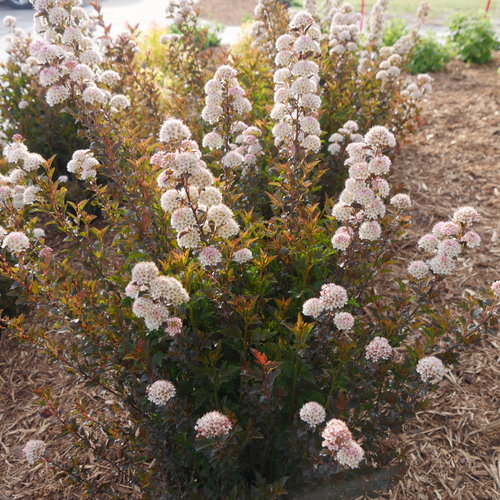
- Festivus Gold is a golden yellow-leaved variety that grows 4-6 feet tall and wide. It has yellow flowers in the spring and orange-red fruit in the fall.

- Ginger Wine is a reddish-purple-leaved variety that grows 4-6 feet tall and wide. It has white flowers in the spring and orange-red fruit in the fall.
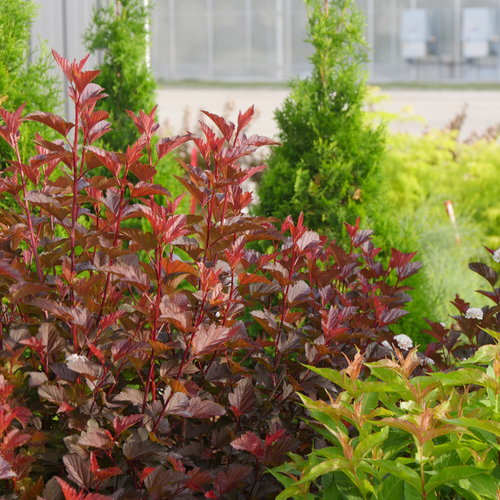
- Lilac Time is a lilac-colored-leaved variety that grows 4-6 feet tall and wide. It has white flowers in the spring and orange-red fruit in the fall.
- Summer Wine is a wine-red-leaved variety that grows 4-6 feet tall and wide. It has white flowers in the spring and orange-red fruit in the fall.

- Crimson Curls is a variety with dark red foliage that has a crinkled appearance. It grows 4-6 feet tall and wide.

- Hampton's Charm is a variety with variegated foliage that has shades of green, yellow, and white. It grows 4-6 feet tall and wide.


Post a Comment for " Varieties Of Ninebark: Which One Is Right For You"